Attention! Do not attempt to remove the expansion tank cap while the engine is hot - you risk scalding yourself. Do not leave the coolant container open for a long time as the coolant is poisonous.
Preventive measures
- The cooling system does not require regular topping up of liquid. If you have to do this often, then there are leaks in the system. Check the radiator, all hoses and connections for signs of leakage. If a leak is found, fix it as soon as possible.
- Use antifreeze all year round, not just in winter. Do not add clean water to the cooling system as the antifreeze becomes too dilute.
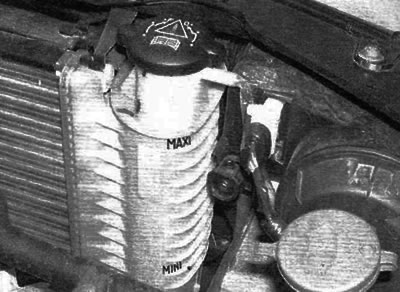
1. The coolant level depends on the engine temperature. On models with petrol engines built before September 2002, the level is checked in the expansion tank, which is attached to the right side of the radiator. When the engine is cold, the fluid level must be between the marks «MAX» And «MIN»
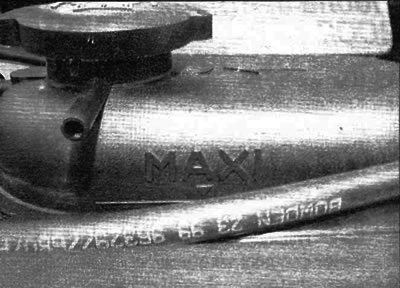
2. On models with diesel engines built before September 2002, the expansion tank is located above the radiator and the level should be checked by removing the expansion tank cap (see point 4). With a cold engine, the fluid level should be just below the mark «MAX1», indicated on the tank wall
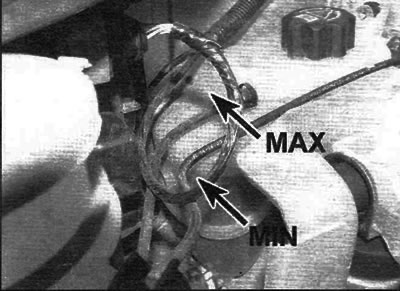
3. On models with gasoline and diesel engines manufactured after September 2002, the level should be checked in the expansion tank located on the right side of the engine compartment. When the engine is cold, the fluid level must be between the marks «MAX» And «MIN», indicated on the wall of the tank
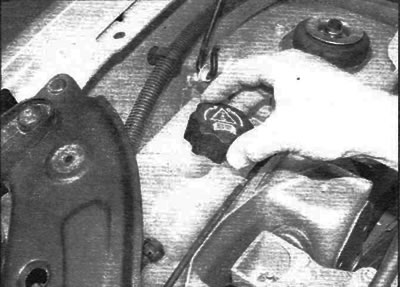
4. If it is necessary to add coolant, wait for the engine to cool down. Slowly unscrew the cap of the expansion tank counterclockwise and wait until the pressure in the system is completely relieved. Then unscrew the cover completely and remove
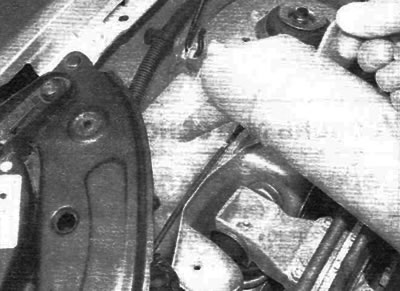
5. Add a 50/50 mixture of antifreeze and water through the filler neck of the expansion tank until the level reaches the mark «MAX». Screw the cover back into place (clockwise) and tighten it securely
